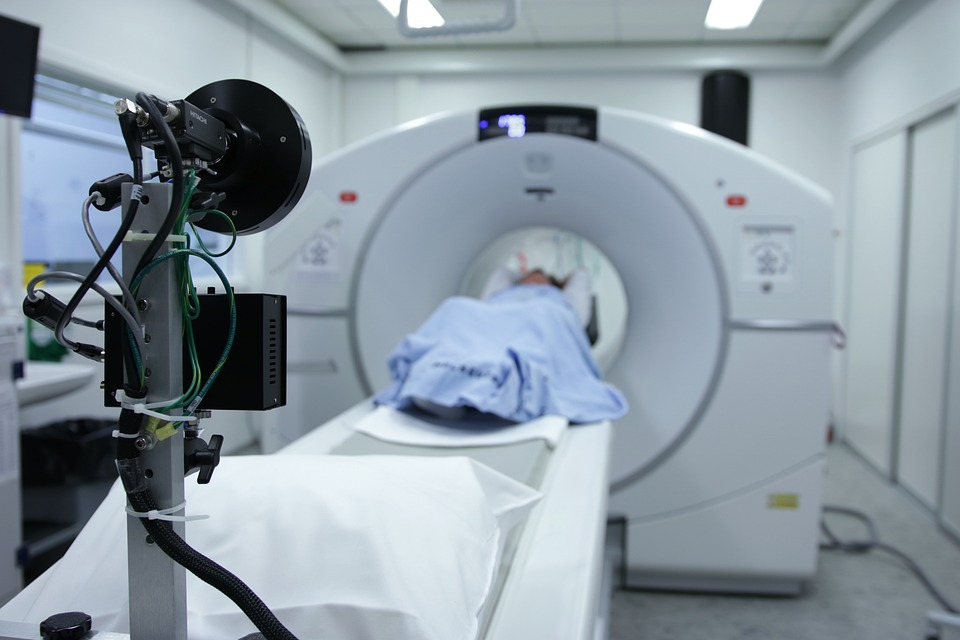Radiology, which encompasses diagnostic imaging modalities like X-rays, CT scans, MRI, PET scans and radiation therapy, plays a fundamental role in healthcare. Radiologic technology has revolutionized medical practice by offering objective insights that improve health outcomes, reduce costs and risks, increase access to care, and continue advancing medicine through research. This article explores key reasons why radiology remains essential for optimizing healthcare systems and patient well-being.
Prevention And Screening
Catching health issues early through preventive screening enables the most effective treatment and management. Detecting diseases in their earliest stages, when they are most treatable, provides the opportunity for prompt intervention and optimal care. Any delay in treatment allows conditions to progress, reducing options and complicating the clinical course.
Early diagnosis leads to the best chances for cure, remission or control of an illness. Preventive screening helps avoid progression to debilitating or life-threatening diseases, allowing patients to avoid poor prognosis or even death.
Treatment And Therapy
Radiology provides guidance and treatment through various imaging modalities and radiation therapies depending on a patient’s needs. Therapeutic radiographers utilize sophisticated equipment to plan and deliver targeted radiation treatment.
The treatment process involves two key stages. First, diagnostic images are obtained to precisely locate the affected area and determine the optimal position and approach for treatment. Scans such as CT, MRI, PET or radiographs provide anatomical details about the disease or condition to guide treatment planning.
Once the area of interest is identified and mapped, radiation oncologists work with radiographers to develop a customized treatment schedule. They determine the appropriate radiation dose and set treatment ports, angles of entry and exit that maximize efficacy while minimizing harm to surrounding healthy tissue. Treatment parameters are tailored to each patient’s unique diagnosis and presentation.
Keeps Ahead In Terms Of Technology
Imaging technology plays an integral role in surgical procedures and diagnostics due to the need for detailed information about a patient’s condition prior to treatment. As a result, radiology frequently contributes to research exploring novel surgical approaches, medical devices or therapeutic methods.
Informs The Public
It is the responsibility of medical professionals and researchers to educate the public with accurate health information and advise best practices. Misconceptions about diagnostic and treatment methods frequently spread through various media, and the ability to provide guidance at a large scale is imperative for optimal health outcomes. Especially for life-saving interventions such as imaging scans.
For this reason, healthcare experts recommend using diagnostic technology such as CT scans appropriately and judiciously. While some argue that radiation exposure is too high, advanced CT systems today can limit doses to safe and minimal levels when medically necessary. Precise control and calculation of radiation ensures patients only receive the amount needed for an effective diagnosis or procedure, without subjecting them to undue harm. If you need to undergo scans such as CT, MRI, or PET, you can search for radiology near me in New Jersey, without worries.
Tracking And Evaluating
Radiological scans provide quantifiable and reproducible results over time. By comparing images, physicians can clearly see how a disease or injury progresses as well as the effectiveness of treatment approaches. Measurable differences in metrics such as tumor size, volumetrics, perfusion or metabolic activity indicate if a condition is stable, improving or worsening to guide critical management decisions.
Shortens The Duration Of Hospitalization
Medical imaging offers insights that facilitate faster recovery and release of patients following surgical procedures or other medical interventions. By evaluating healing progression and determining when patients are ready to transition to less intensive levels of care, imaging helps minimize unnecessary hospital stays. This benefits both individual patients and healthcare systems at large.


 Home
Home










